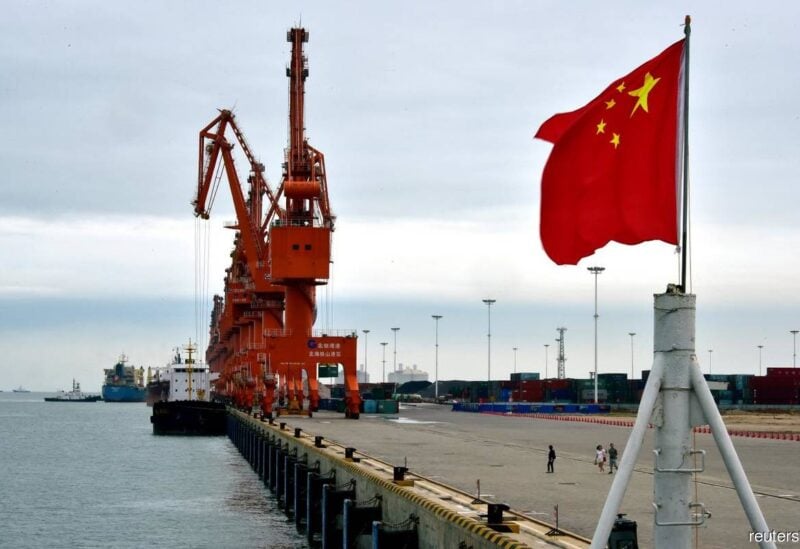
Congestion at southern China’s container shipping ports is growing as officials increase up disinfection procedures in response to a surge of COVID-19 cases, resulting in the largest backlog since at least 2019.
Since the recent wave of cases in late May, more than 150 coronavirus cases have been reported in Guangdong province, a key manufacturing and exporting region in southern China, prompting local governments to step up preventative and control measures, limiting port processing capacity.
Ports in Guangdong, including Yantian, Shekou, Chiwan, and Nansha, have issued notices prohibiting ships from entering ports without prior reservations, and will only take bookings for export-bound containers three to seven days prior to vessel arrival.
Clients have been advised of vessel delays, modifications to port call dates, and the potential of some ports being skipped entirely.
Ocean Network Express (ONE) said in a notice on Wednesday that Yantian International Container Terminal continues to operate below capacity because of COVID-related work restrictions while congestion at container terminals at Shekou and Chiwan has surged to over 90% of capacity.
The world’s leading container line Maersk on Thursday increased the duration of expected delays at Yantian to 16 days from 14 days previously.
As of Friday, more than 50 container vessels are waiting to dock in the Outer Pearl River Delta, where the ports are located, according to Refinitiv data.
That compares to around 20 vessels in the same period last year and more than in February 2020 when ports were paralyzed because of China’s initial COVID-19 outbreak.
Exporters said the impact has been limited so far, as loading delays and slow deliveries have hampered logistics chains since the start of the COVID-19 pandemic.
“We had a similar issue last year, so we know how to act; the only difference now is that transportation prices are skyrocketing. The increase in freight rates is mirrored in an increase in material costs of roughly 15% -30% “”It’s just been a year,” remarked a sales manager at an electronics cable maker in Shenzhen, Guangdong, near Hong Kong.
To meet a customer deadline, the sales manager’s company had to pay extra expenses to send merchandise to ports near Shanghai.
Container freight rates from China to Europe FREIGHTOS-CN-EU rose to a record of $11,037 per 40-foot container this week, caused by supply chain bottlenecks from a surge in consumer goods demand and some knock-on effects from when a container ship blocked the Suez Canal in March.